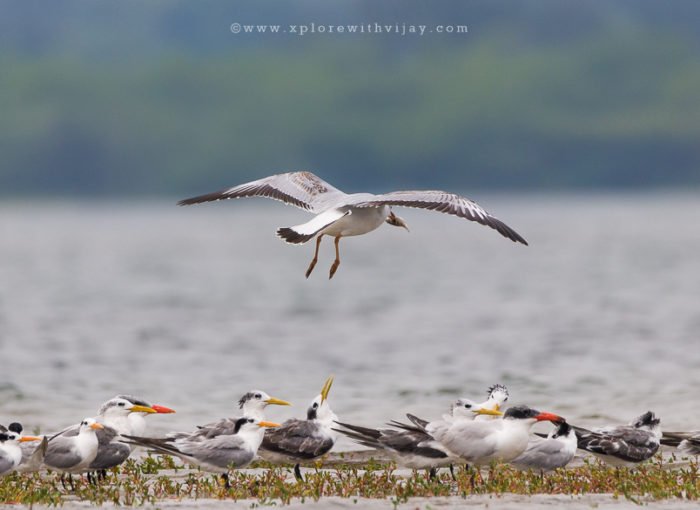Ever since the inception of my travel journey several years ago, at the beginning of a calendar year, it’s a customary practice for me to look at the long weekends and arrive at probable travel destinations to be executed later that year. The year 2020 was no different. To say there weren’t enough travel opportunities for the year would be an understatement. Definitely! The pandemic had wreaked havoc on the planned itineraries. However, the very nature of a traveller is to rebound in quick time and look for alternatives. As soon the restrictions on movement were relaxed both by the central and respective state governments, I was lucky enough to resume my travel. What was more satisfying was to be able to tag along like-minded folks, especially during these uncertain times! After a delightful trip to the temple city of Kanchipuram in September, I was pinning my hopes for another cheerful trip in October. And, much to my delight it happened! You can read my September travel story here. The remainder of this article narrates all that went through in the execution of this trip alongside captivating birds and other species captured at the beautiful lagoon in Peninsular India – Pulicat!
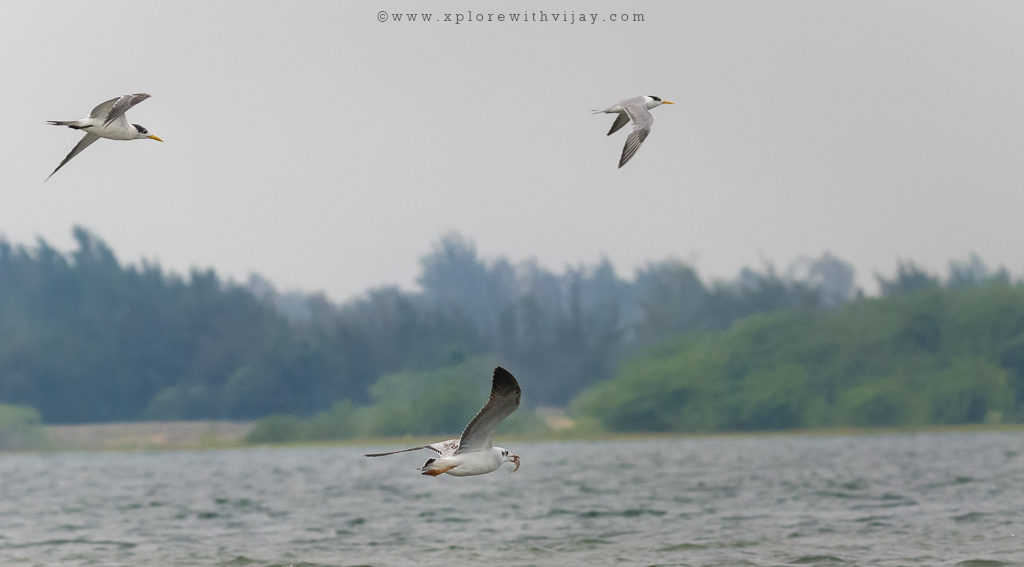
OVER THE MOON:
Back to October! The northeast monsoon had just announced its arrival with a thunderous downpour. In the wee hours of the previous morning, Chennai received a massive 870 mm rainfall, inundating several parts of the city. As a Pluviophile, what more can make me feel happy? Later in the day, a friend of mine called me up for a trip to Pulicat lake. This enticed the birder in me. Pulicat lake is the largest brackish water lagoon in peninsular India. It serves as an important wetland to attract northeast monsoon clouds towards the north of Tamil Nadu. Also, it is considered among the best places in south India to see migratory birds such as waders and shorebirds. Although, this was not an ideal season for birding, I readily accepted to join the trip!
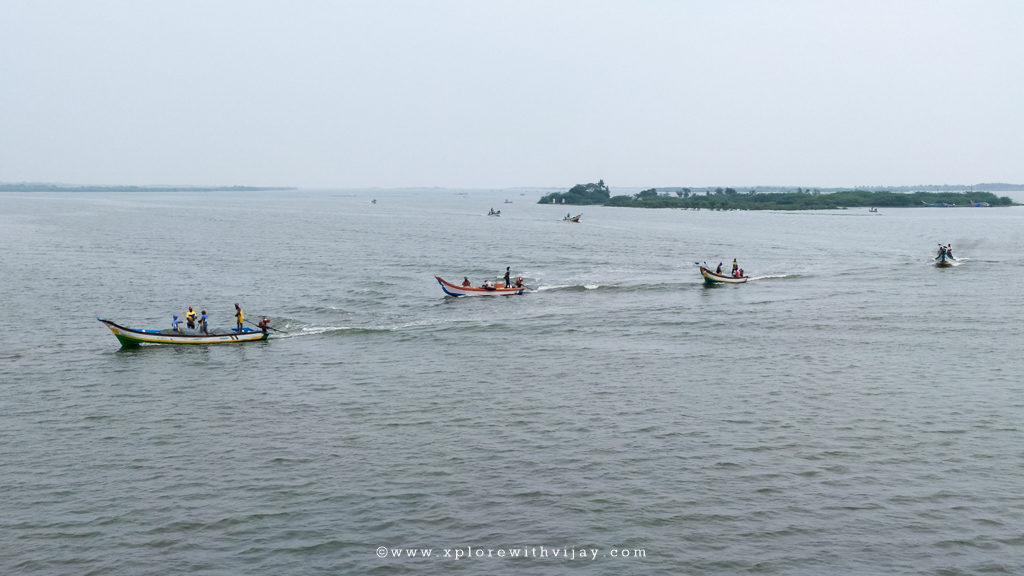
On a hazy Friday morning, four enthusiastic individuals hit the highway and in less than 2 hours, we arrived at the beautiful saltwater lake of Pulicat. Scores of fishermen were seen returning shore with their daily catch of fishing. And, the community fish market saw beehive of activities.
A little while later, we hired a boat to go around the lake. To my surprise, there were few birds that caught my attention. This includes shorebirds, waders, and scavengers. The calm backwaters and gentle breeze were intoxicating. And as we drifted further away from the shore, I started realizing that this trip is going to be memorable. Both due to the lovely people around me and the bunch of photographs that I will be taking back home! As a photographer, capturing quality photographs is always a priority.
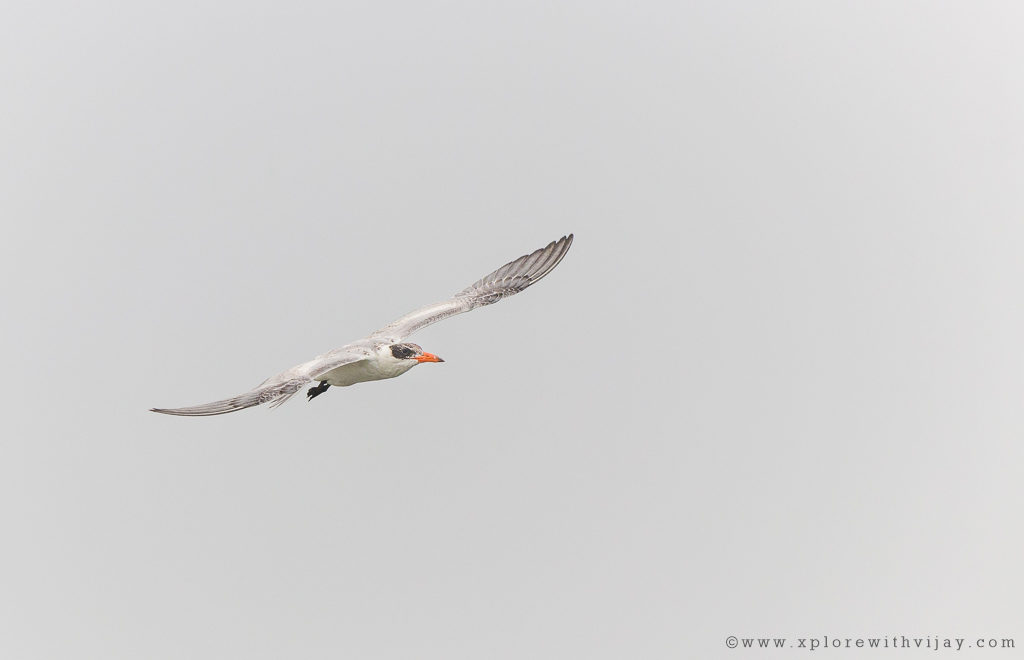
An hour and half had ticked past and we arrived at a desolated shore where the backwaters converge with the vast ocean. We set up a makeshift tent on the uninhabited sands. Admiring the solitude and the sounds of wind breeze, I noticed a long conical shell. An intriguing factor was that the shell started moving as I approached closer. My curiosity grew deeper. I took home photographs and footages for reading/references. Do scroll down pixel-by-pixel to experience the dramatic photographs alongside constructive documentation!
IMPRESSIVE TAKEOFF:
How beautiful it is to see, observe & capture these sea birds? This was one such delightful scene that was unfolding right in front of me where an assortment of Tern family (Caspian Tern, Lesser Crested Terns, and Greater Crested Terns) had congregated!
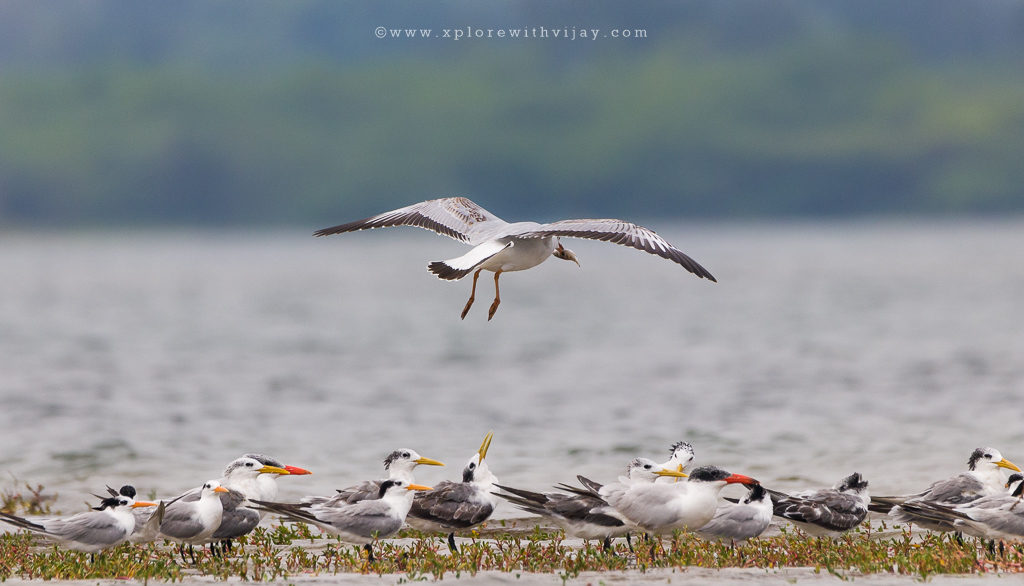
GREGARIOUS:
That Orangey bill is attractive! Isn’t it?
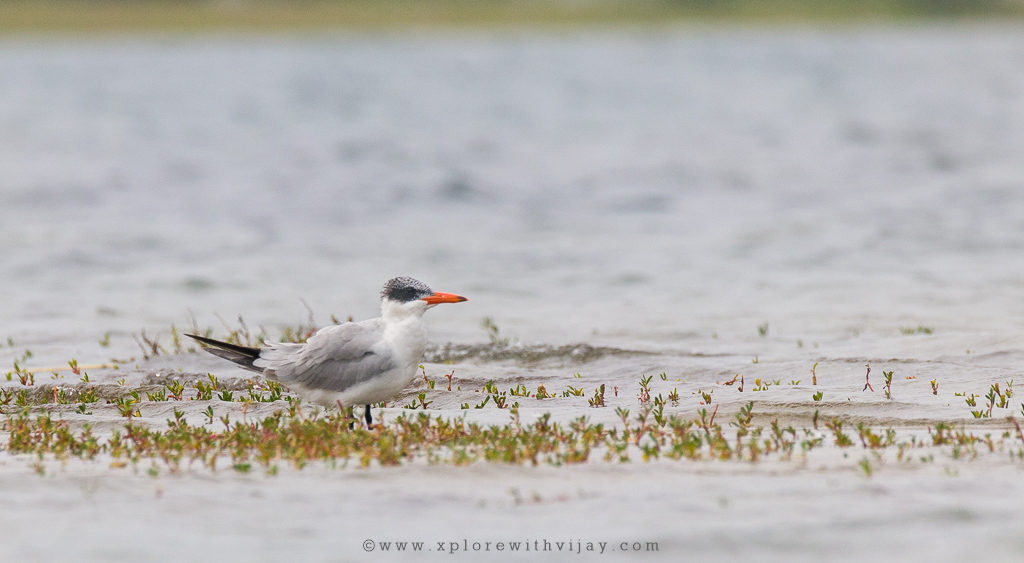
AN INTERNATIONAL TRAVELLER:
No Passport!
No Visa!
No COVID -19 restrictions!
There are certain species on the planet that are always going places without any restrictions!
How long do you think today’s modern airliner can stay airborne? Don’t Google. Just take a guess!
As far as I am aware, it isn’t beyond 18 hours.
Did you know that there are certain species of birds that are known for long flights?
Here’s one such bird species that set a world record for longest non-stop flight! Oh, Yes! This is for the birds! Earlier in October this year, a Bar-Tailed Godwit flew for 11 days straight from Alaska to New Zealand, traversing a distance of 12,000 km without stopping!
During my recent visit to Pulicat, I was lucky enough to spot one such species!
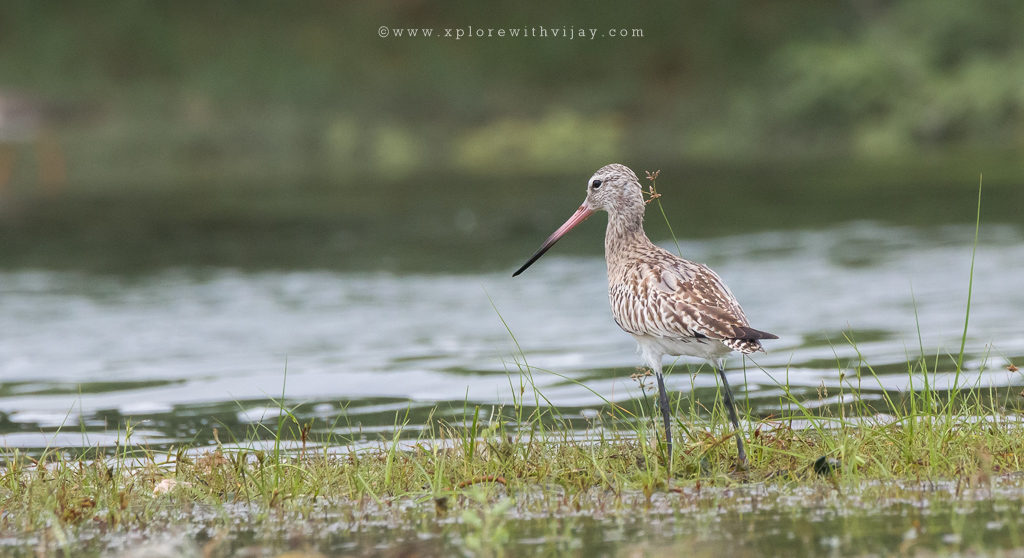
GOTCHA:
Food on the plate makes one happy! Doesn’t it?
It was a beautiful scene to observe these bird species foraging in large flocks! Among these, there was a lone Brown-headed Gull. The gull species are opportunistic scavengers! And, rightfully so!
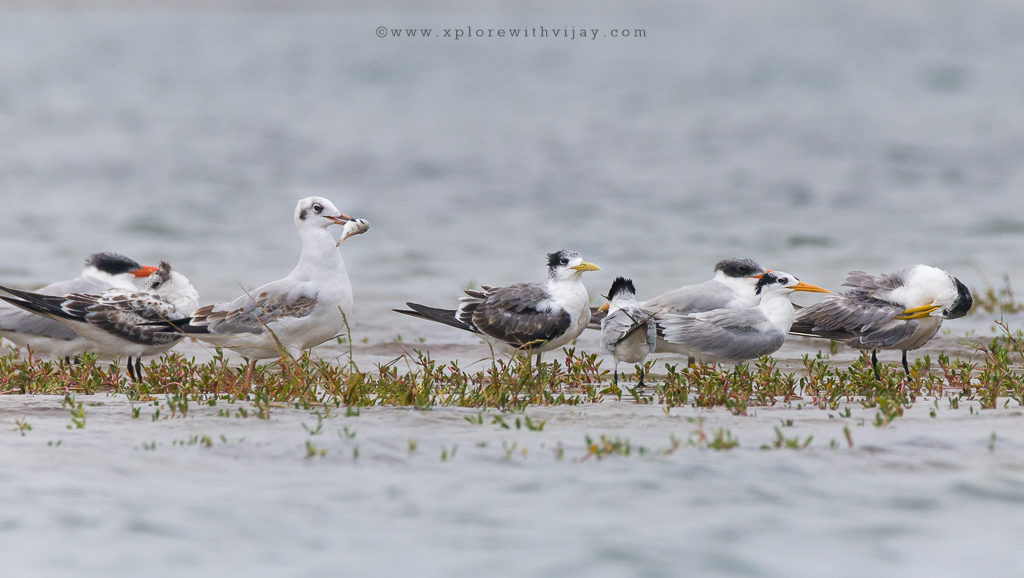
CHUNKY:
A small wading bird, best known for habit of inserting bill under stones, shells, etc., and flipping them over to find food underneath! It’s a migratory bird that breeds in northern parts of Eurasia and North America and flying south to winter on coastlines almost worldwide.
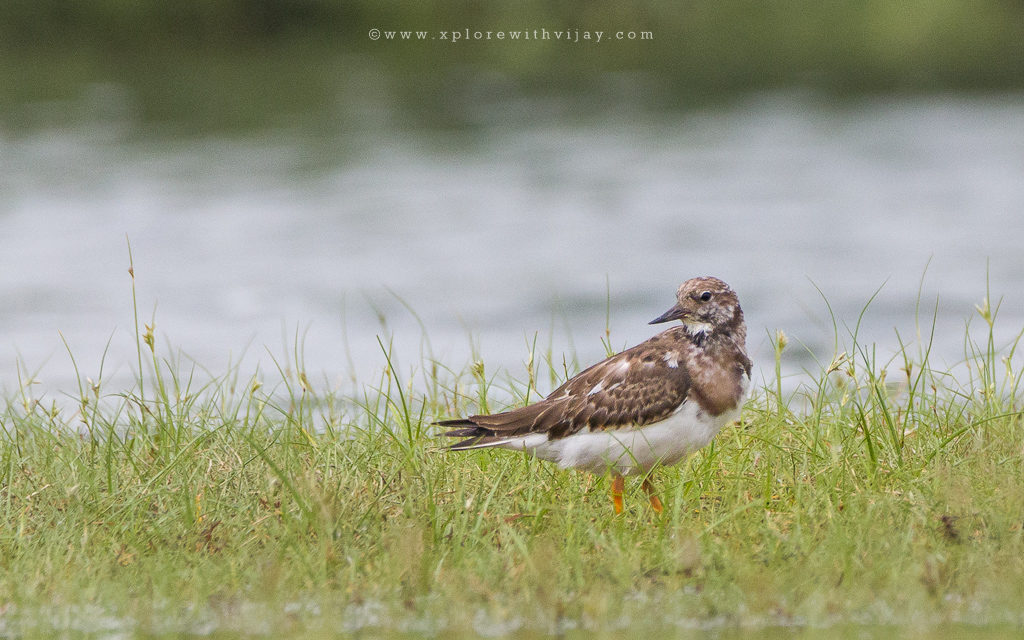
MINISCULE:
Lesser Sand Plover is a small wader in the plover family of birds, often found breeding on coastal mudflats and high-elevation lakes & rivers.
UNUSUAL SPECIES:
Here comes a peculiar species, largely, ocean dwellers, except for few terrestrial breeds such as this one on the land. This belongs to the family of crabs. These crabs have a curled tail and have their body nicely tucked into a conical shell with only the legs out enabling it to walk. The shell itself does not belong to these species. This habit of living in discarded shells puts them in some imminent danger. When there’s any danger, they withdraw into the shell and block the entrance with their claws. This is the exact behaviour that I observed. As I approached closer, all that was visible to me was the claws and the entire body was protected by the conical shell. As they grow, the rigid shell can be restricting. To overcome this, they scavenge for a larger suitable shell and discard the older one. That was interesting! Isn’t it?
This was my fifth visit to the alluring Pulicat lake. Each time, I have returned back home with an assortment of photographs and experiences! But this trip will go down the memory lane for the lovely people I travelled with!
More importantly, I am extremely delighted to share this article on a day that marks 124th birth anniversary of The Birdman of India. Each year, November 12 is celebrated as Birdwatchers’ Day in India, marking the birth anniversary of our bird man, Dr. Salim Moizuddin Abdul Ali. He was an Indian ornithologist and naturalist, a Padma Bhushan awardee (1958) and the Padma Vibhushan awardee (1976).
When you have time, do read his autobiography The Fall of a Sparrow
Let me know if you liked this blog in the comments section below.
Feel free to share this blog with family and friends! Hit any of the social media icons you see on the screen to share this blog!
And, do subscribe to my travel blogs! So, you don’t miss out on many such fascinating travel stories!

